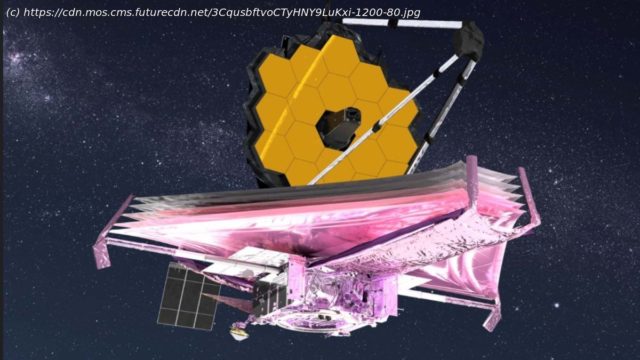It’s taken 30 days and a lot of ‘space origami’ for the James Webb Space Telescope to unfold and reach its destination. Now the science begins.
On January 8, 2022, arguably humankind’s greatest engineering achievement came to fruition about a half a million miles behind our planet. After 20 years in development, $10 billion spent, and 14 nail-biting days of exquisite hi-tech origami in space, the James Webb Space Telescope (JWST) was fully deployed. After successfully launching from the Guiana Space Centre in French Guiana on Christmas Day while folded-up in the fairing of the Ariane 5 rocket, engineers remotely controlled 50 moving parts and 178 release pins. Everything had to happen correctly, in sequence, to put Webb in its final configuration. It worked. This Monday, January 24, after a 30-day journey into space, Webb arrives at its final destination. A dream realized? Not yet. This is what happens next. Webb is the biggest and the most advanced space observatory ever constructed. About 100 times more powerful than Hubble, Webb is the size of a 70-foot tennis court. Its massive 21.6-foot primary mirror (to Hubble’s 8-foot primary mirror) is made from super-strong beryllium and comprises 18 hexagonal segments. Each segment is covered in gold, which is perfect for reflecting infrared light. And that’s the main difference between Webb and Hubble. Unlike Hubble, which looks at the universe in visible and ultraviolet light, Webb captures ancient, stretched infrared light. That, coupled with its larger mirror, means it can look further back in time than astronomers have ever been able to do before. All telescopes are time machines. The light from every single star you see is old and has travelled very far to reach you. Even the Sun’s light is 8 minutes and 20 seconds old. The brightest star in the night sky, Sirius, is 8.6 light-years away. That means its light has travelled for 8.6 years at 186,000 miles per second to reach your eyes. Every photon Webb will detect is old light, but since it’s an infrared telescope it will detect the very oldest, most ancient light.
Home
United States
USA — software NASA’s James Webb Space Telescope has reached its destination. Now what?






